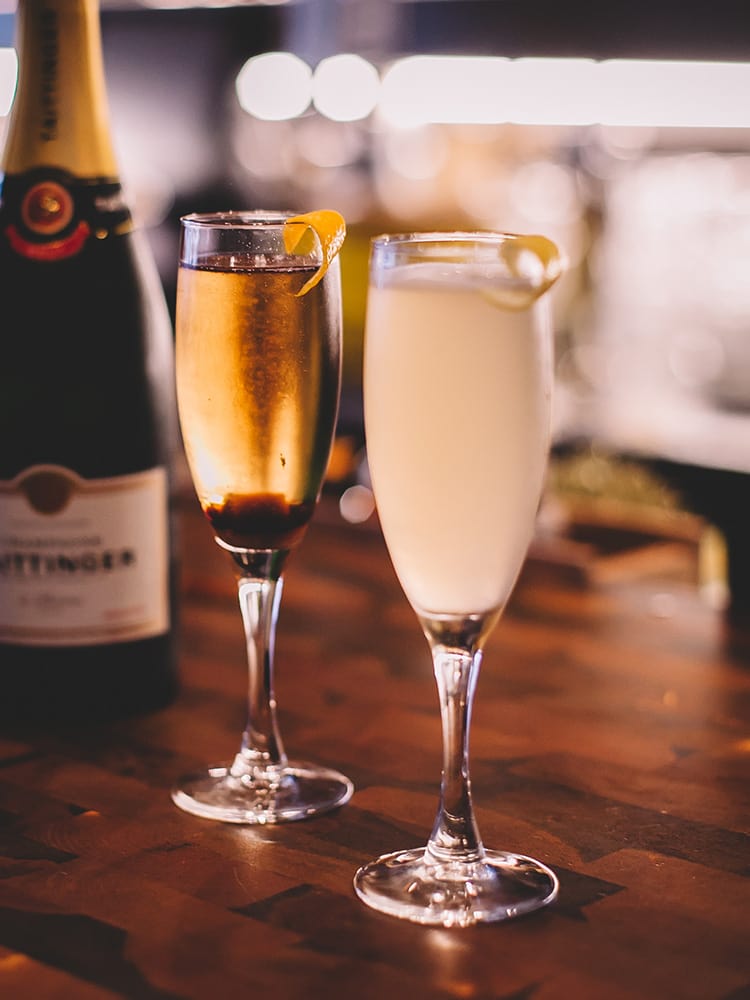
• 1.5 oz gin or Cognac
• 0.5 oz freshly squeezed lemon juice
• 1 tsp simple syrup
• Champagne or sparkling wine

• 1.5 oz gin or Cognac
• 0.5 oz freshly squeezed lemon juice
• 1 tsp simple syrup
• Champagne or sparkling wine

Family brought Yonah Sweetapple from his native Australia to Canada in 2012. He followed his brother Jacob (also a noted mixologist) to Vancouver, looking forward to being a proper uncle to Jacob’s kids. His own bartending career was well underway, from working his way through university everywhere from nightclubs to cocktail bars and restaurants. But it was in the two years before his move to Canada that, he says, his real passion for cocktails developed. “I really enjoy creating craft drinks, and I take a lot of pride in my work,” he smiles.
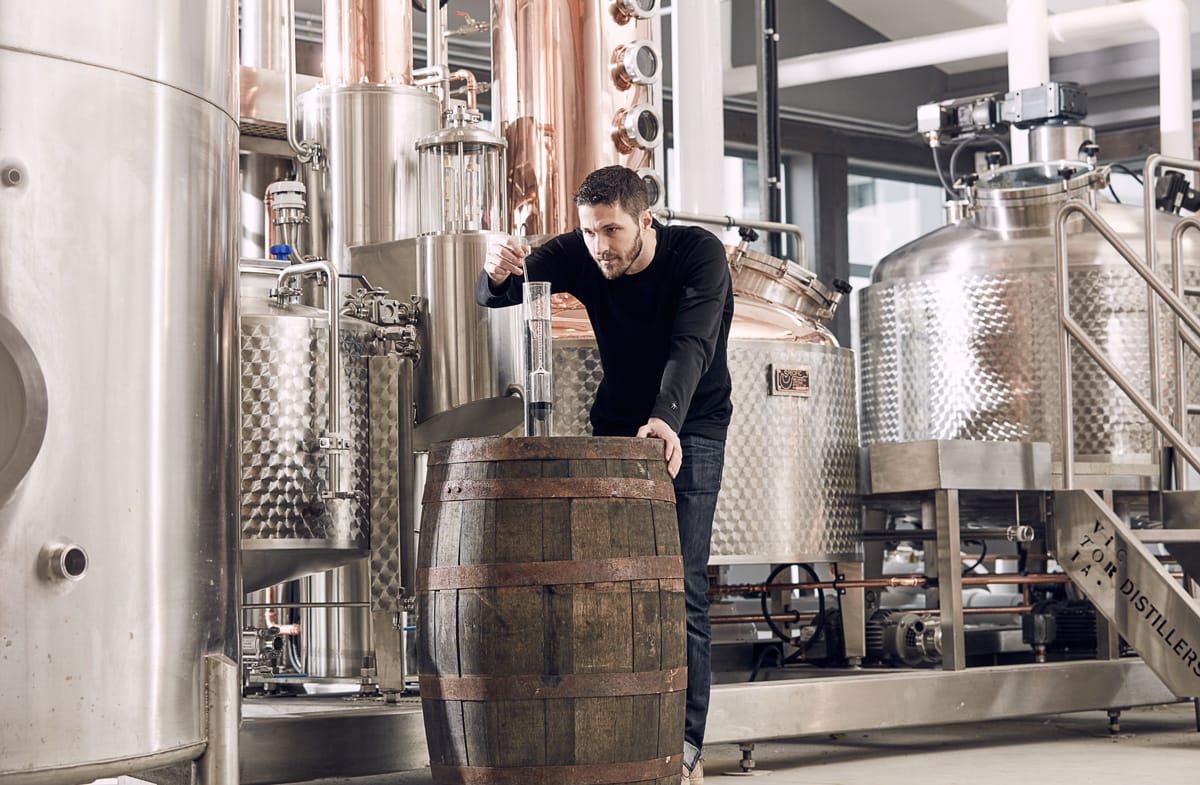
Almost a decade ago, Peter Hunt and his family made a decision that changed their business model forever: they bought a still. The family-run winery soon recreated themselves as Victoria Distillers, and their gin quickly became one of B.C.’s best-recognized local spirits.
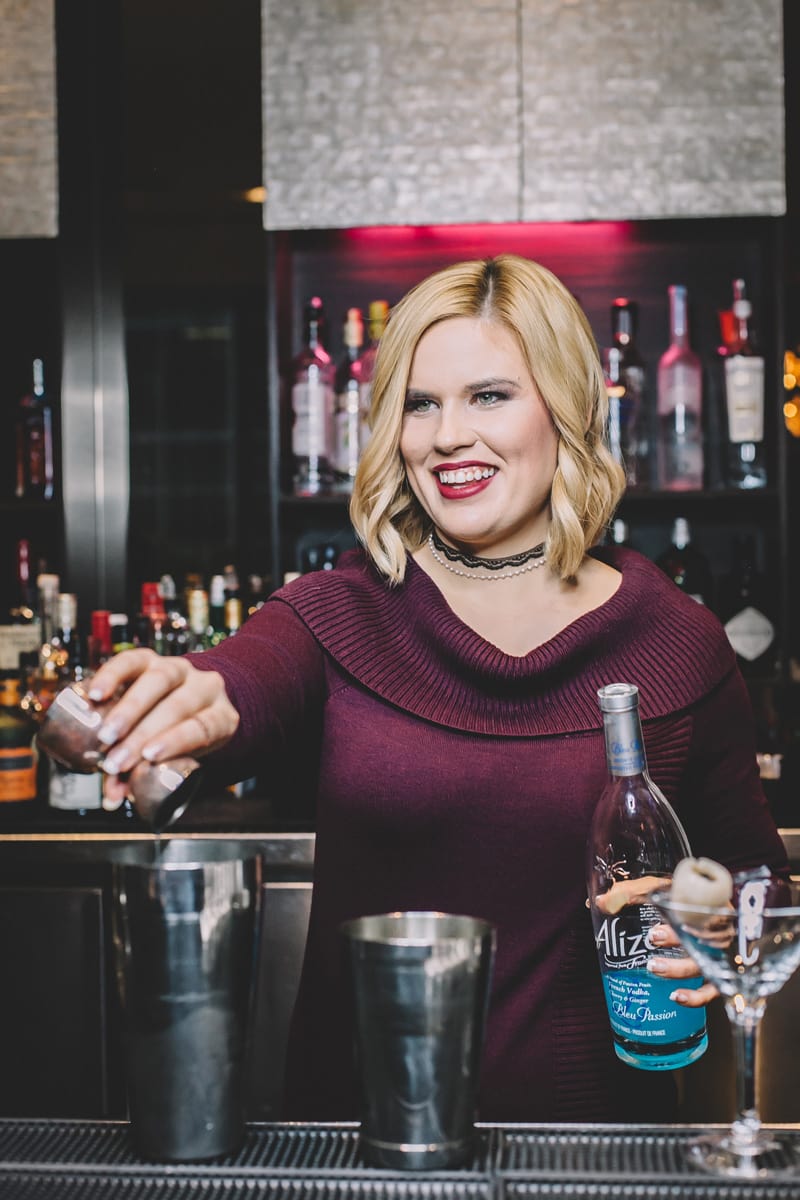
After working for five years as a bartender on cruise ships, Tiffany Davis is well acquainted with the benefits of cocktail bitters.
“I went through so many bottles of Peychaud’s,” she laughs. “It was the best cure for seasickness.”
Now safely moored on dry land, as a bartender at the Shangri-La Hotel Vancouver’s Market by Jean-Georges, Davis still relies on bitters, but primarily for their cocktail applications.
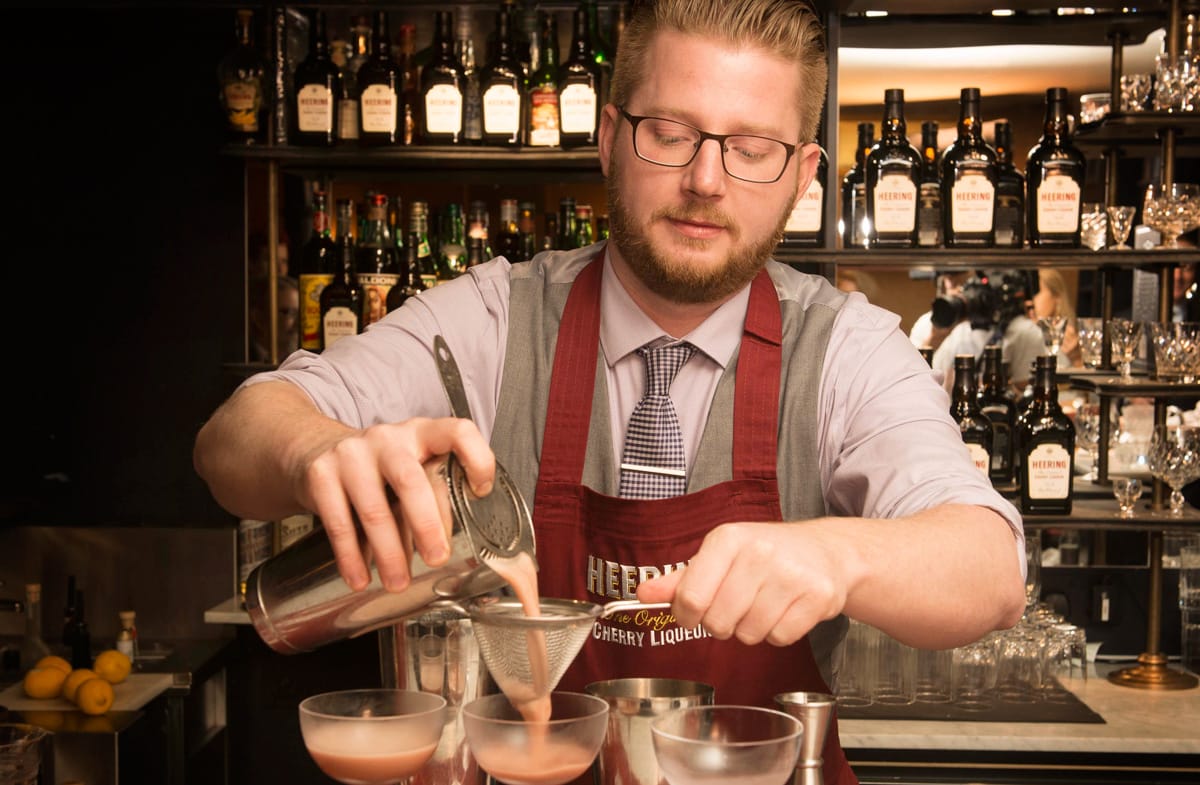
Close to 3,000 bartenders around the world vied to be the best, but in the end it was the U.K.’s Grant Murray who was named winner of the prestigious 2016 Peter F. Heering Classic Challenge at London Cocktail Week in October.
Vancouver entrant, Andrew Schneider, bartender at Vij’s, advanced to the final round of the competition, held as part of the World’s Best 50 Bars gala countdown, and judged by spirits luminaries, David Wondrich, Lauren Mote, Simon Difford, Charlene Dawes, Hamish Smith, and host Andrew Seymour.
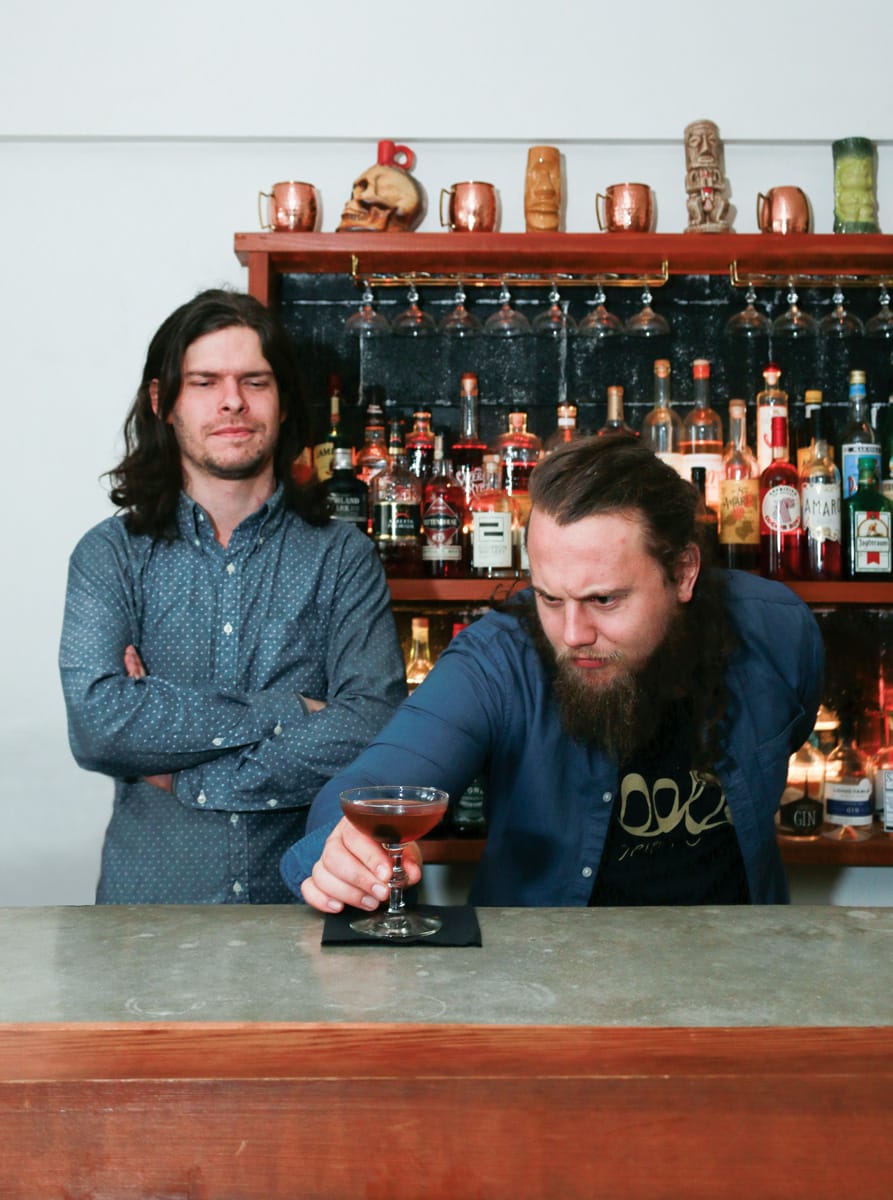
It will be just two short years in February since Sons of Vancouver opened for business—with a 700-litre still repurposed from a dairy pasteurizer. And, like so many of the distilleries around B.C., owners James Lester and Richard Klaus have barely had time to pause for breath.
Take the past few months of 2016 as an example: Sons ran a successful crowdfunding campaign to upgrade to a proper—and much bigger—still, opened a tasting room, and will release a special barrel-aged edition of their signature No. 82 Amaretto in time for the holidays.
It wasn’t meant to happen this fast.
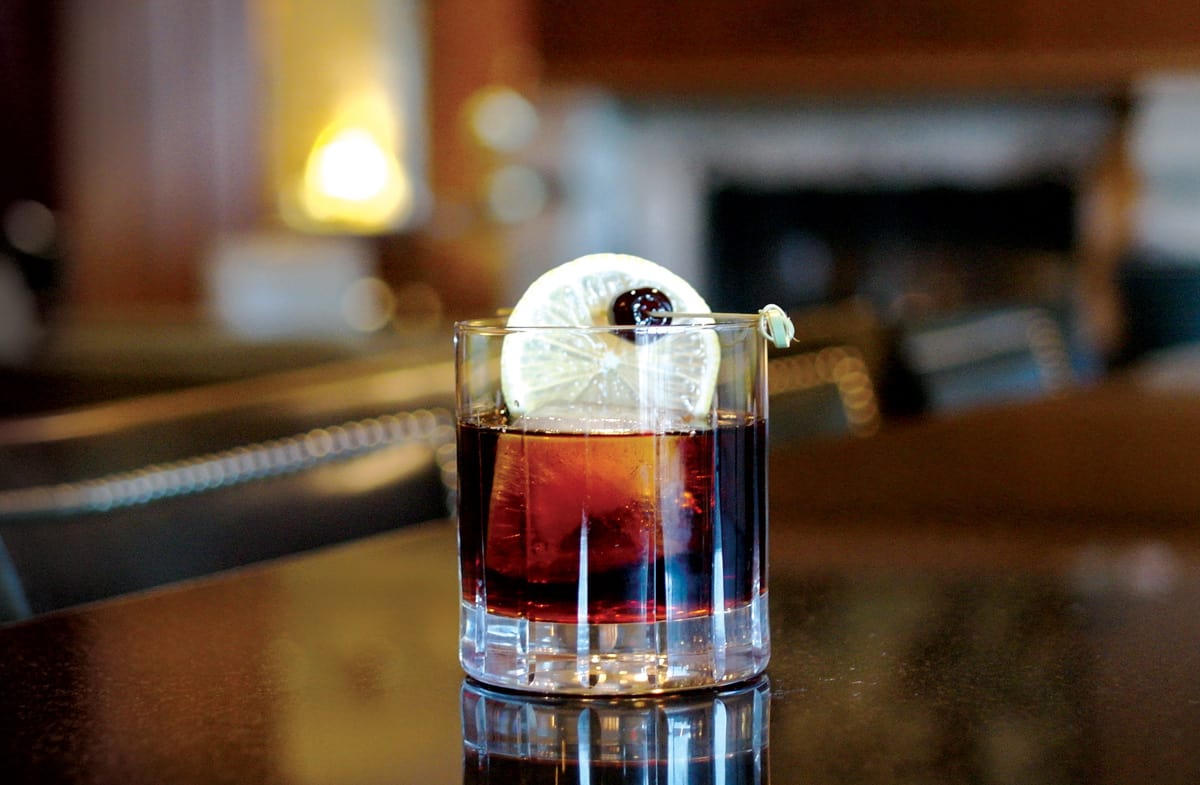
Whistler is synonymous with winter. Temperatures fall and, in short order, so too does the snow and a barrage of tourists eager to take to the slopes.
And when those tourists have had their fill of the great outdoors, many of them descend upon Fairmont Chateau Whistler’s The Mallard Lounge.
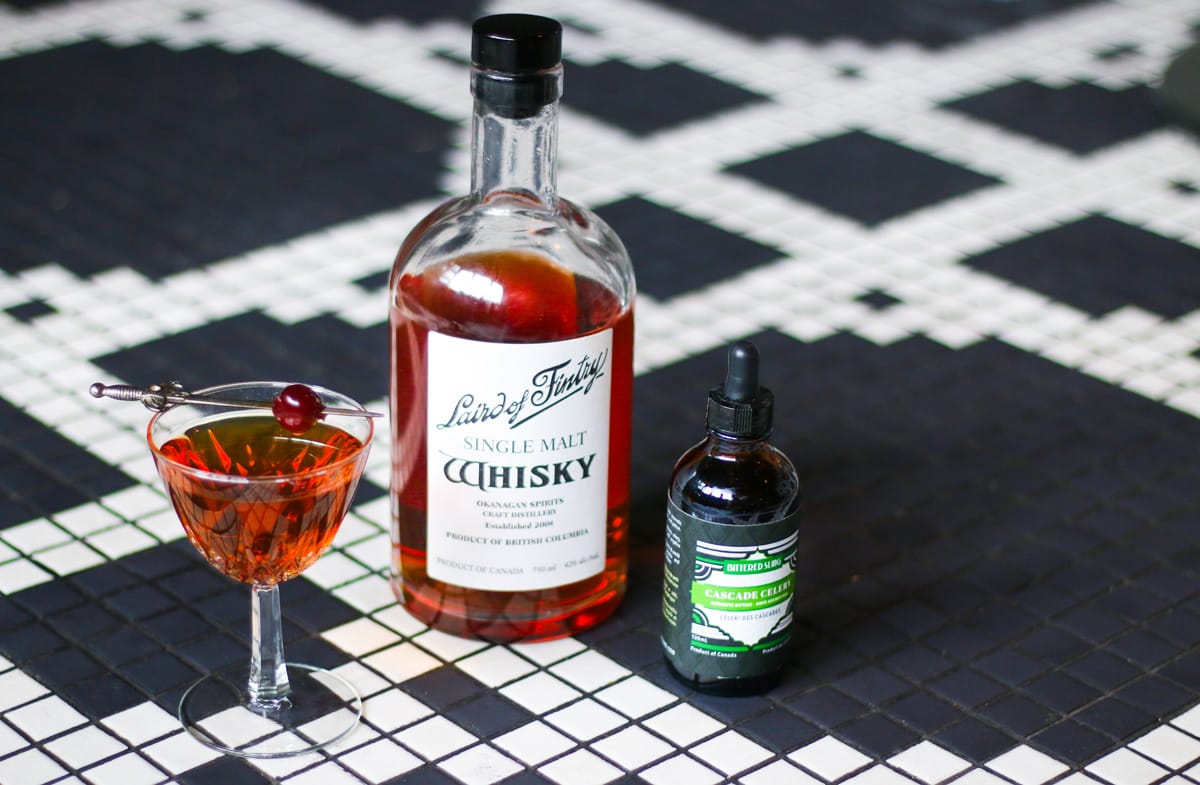
Lead Bartender, L’Abattoir Restaurant
I’d pick Okanagan Spirits Laird of Fintry Single Malt Whisky. It is a Scotch-style single malt made with 100 per cent B.C. malted barley using French and American oak, and finished in Okanagan wine barrels. The nose is unbelievable with plum, vanilla, raisins, berries, poached pears, nuts, and classic oak characteristics that continue on the palate. It has a dry finish with a hint of sweet vanilla and baking spices. I would make a twist on a Rob Roy — a Rodney’s Roy — with 2 oz. Laird of Fintry,
0.3 oz. Noilly Prat Rouge,
0.3 oz. Noilly Prat Ambre and two dashes Bittered Sling Cascade Celery Bitters.
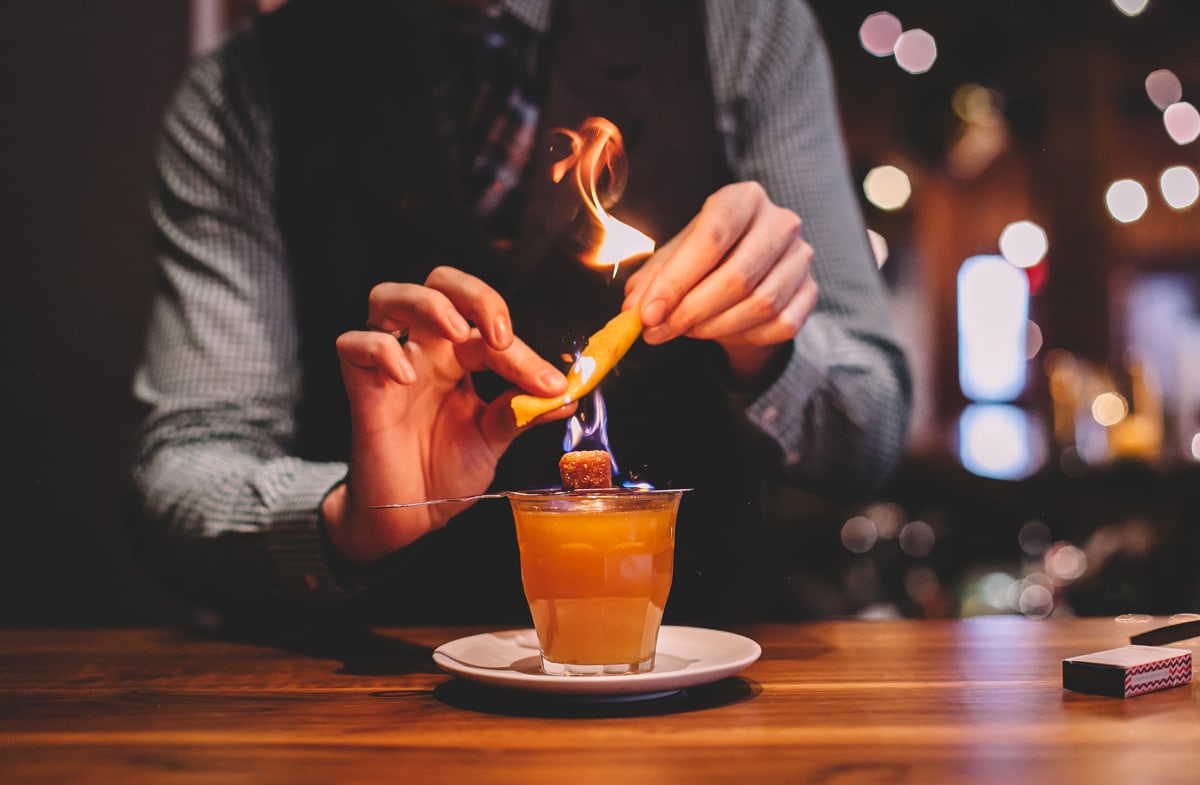
I was just thinking of a Flaming Rum Punch,” says Clarence Odbody, the 293-year-old guardian angel in Frank Capra’s 1946 masterpiece It’s a Wonderful Life. But in this post-war dive bar all that’s on offer is “hard drinks… for men who want to get drunk fast.”
Back when Clarence was just a cherub, though, punches were all the rage. A concoction of spirits with something sweet, something sour, something weak and something spicy, punch was a communal beverage, enjoyed at social gatherings. It was often served hot, typically heated by inserting a molten hot poker into a jug, bowl or pitcher of liquor. There were, at times, flames.
Since then, flamed drinks have gone in and out of fashion like a Blue Blazer in a fickle breeze.
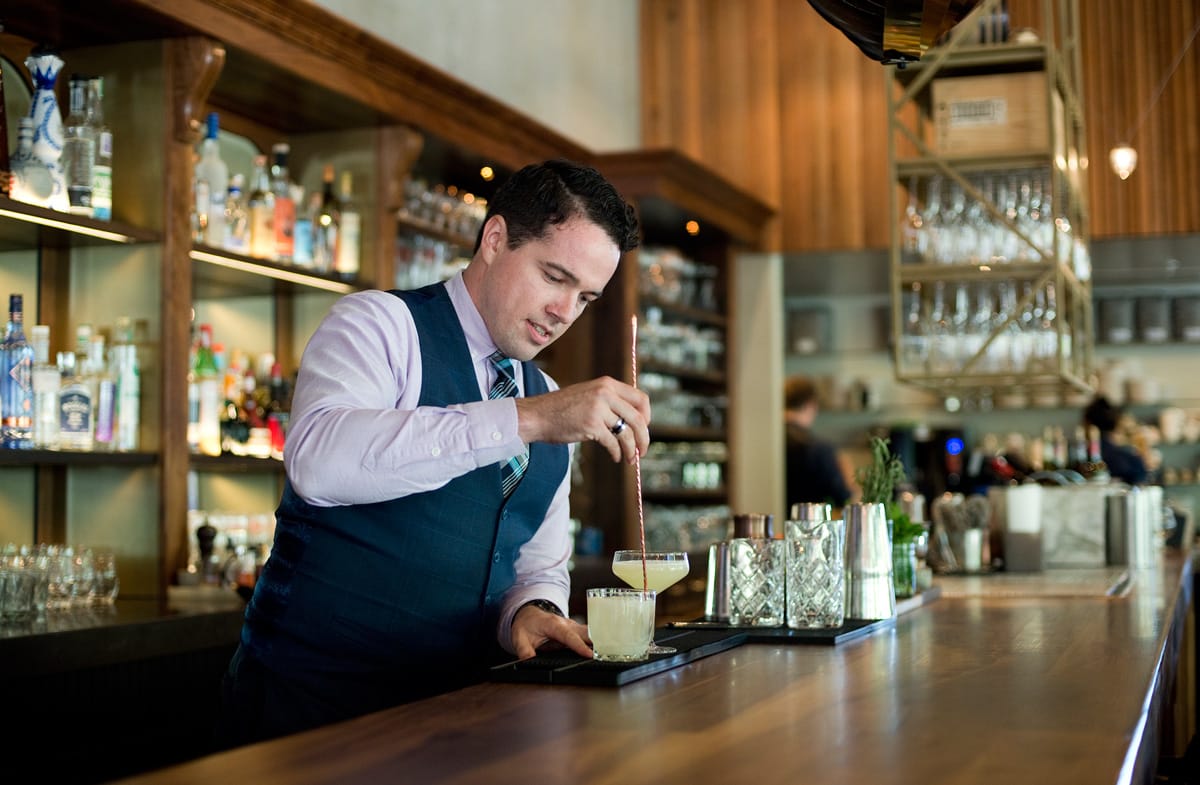
For more than a decade, Chambar has been known as not only a destination restaurant famous for its Belgian and North African-influenced cuisine, but also as a cocktail haven that has attracted and nurtured some of the city’s top talent. Now, the restaurant has taken its cocktail program one step further, hiring Philippe Grandbois as Creative Director of Mixology — a new position in the company.